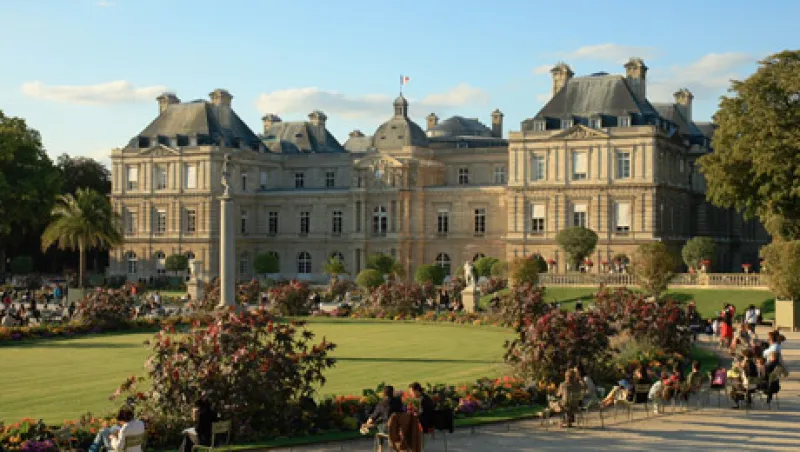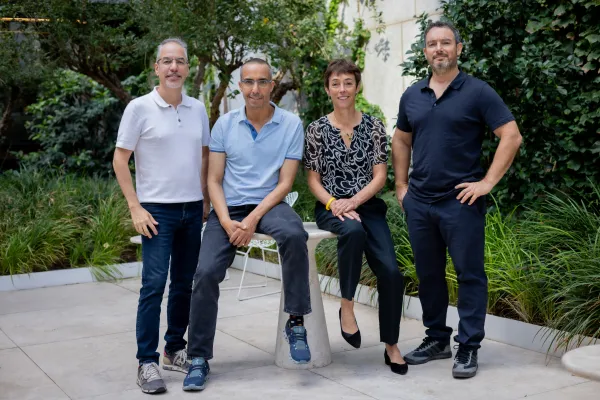Yesterday I was up in Sacramento presenting some of my research on collaboration and co-investment among sovereign wealth funds. It’s thus fitting that I should come home today and open a press release from France’s government-owned CDC, announcing the launch of a new collaborative investment platform for sovereign wealth funds. Here’s what the French fund is working on:
"CDC International will implement an ambitious strategy to attract sovereign wealth funds and other large international institutional investors, within a framework of collaborative joint investments. As the first French investment corporation exclusively focusing on sovereign wealth funds, CDC International’s first objective is to pursue the formation of bilateral investment vehicles with Qatar, the United Arab Emirates and the Russian Federation... It will carry the Caisse des Dépôts’ shares in these vehicles and will be responsible for the execution of their investments. It will also be responsible for developing a multilateral investment platform capable of attracting sovereign capital on a wider and more sustainable basis... CDC International will thus become the Group’s instrument of long-term investment in partnership with sovereign wealth funds."
Why is this state-owned investment fund so interested in collaborating with SWFs from other countries? The press release goes on to explain that, reminding the reader that the CDC’s ultimate objective is to attract "... foreign capital to multiple asset classes in order to provide long-term finance for the French economy and improve its competitiveness." In other words, this new co-investment platform is a tool to attract foreign SWF capital into France.
As I see it, the French are attempting to launch a vehicle modeled on the Russian Direct Investment Fund with the hope that the French vehicle will be able to have as much success as the Russian one. As a reminder, in 2011 the Kremlin launched the RDIF with a mandate to be ‘a catalyst for attracting direct investments, talent and technologies into the Russian economy by carrying out profitable investments’. At present, the RDIF has formal partnerships with the China Investment Corporation, Kuwait Investment Authority, Japan Bank for International Cooperation, State Bank of India, Mubadala and I hear there are others in the works. I also understand that the fund has already brought $4 billion in foreign capital into Russian private equity over the past three years. In short, it’s been very successful.
As the French look to replicate this success, I think there are a few key design features of the RDIF that will help to ensure the success if the CDC’s own venture. For example, RDIF can invest only with a co-investor or a group of co-investors in the ratio of not less than 1:1 co-investor / RDIF. This co-investment mechanism is designed to (а) maximize the quality of RDIF investments and (b) attract foreign direct investments into the Russian economy. In fact, I'd say this design feature is critical; it gives the domestic investor the power to say "no" to political interests (because foreign investors will only participate in investments that make sense from a financial perspective, which means the only way to do deals is to structure them in ways to convince private investors to participate). In addition, this may not be that hard: By involving the government in the vehicle, the international investors get access to some very interesting deal flow, which might not be made available to investors if the French government wasn't involved in some way or another.
Anyway, it will be interesting to see how this vehicle develops.





